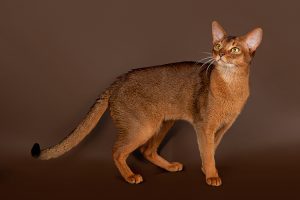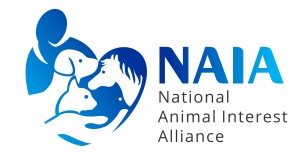Jun 7, 2017 -  Animal Science
Animal Science  No Comments
No Comments
 Animal Science
Animal Science  No Comments
No Comments Remember that time scientists and cat owners teamed up to save millions of lives?
This fascinating and inspiring read from Tufts was shared with us yesterday: Curiosity Saved the Cats.

From the perspectives of science, animal welfare, and human health alone it is very much worth reading. Animal science is an invaluable discipline that improves and saves countless human and animal lives, as illustrated clearly here. But there are several other facets to this story we found interesting as well, and it is worth approaching this article with those in mind:
- Scientists and pet owners working together. This is stated plainly in the article itself, but think for a moment about the level of trust and cooperation required to carry out the research. How impressive is that? It also raises an important question: do we still have that level of trust today, and if not, what can we do to regain it?
- It is hard not to cringe when you read about a house with more than 100 cats, regardless of the condition the cats are being kept in. Yet, these crowded conditions are what led to the isolation and treatment of HIV in humans. This is the kind of historical tidbit that really forces you to hold more than one thought in your head at a time.
- The hostility faced by these scientists, who were approaching this issue with a then-controversial belief that viruses could cause cancer, is astounding. Ridicule, denial, rejection. It really speaks to the human condition: beware challenging established and comforting beliefs. Thank goodness these scientists were not deterred. It is simply amazing what just a few years can do for our understanding of disease and treatments.
- And speaking of pushing on bravely: note how they were not sure at the time whether FeLV was transmissible to humans or not (today, people are more concerned about Toxoplasma gondii); it’s no big deal today, but it took some guts to do their research. It can be frustrating seeing lazy portrayals of scientists in popular media, especially scientists who work with animals. Finding examples of socially awkward, aloof or perhaps even sadistic scientists on your television screen is easy (and this is completely ignoring the “mad scientist” archetype), while right here in real life, we have scientists like these who are passionate about finding answers that save lives!
- Finally, tying up both our “cooperation” and “understanding” threads — the huge contribution of veterinarians and animal shelters who joined the battle against FeLV, changing protocols, testing and vaccinating, ultimately saving the lives of millions of cats. These are the kind of things we can accomplish when we all work together.

